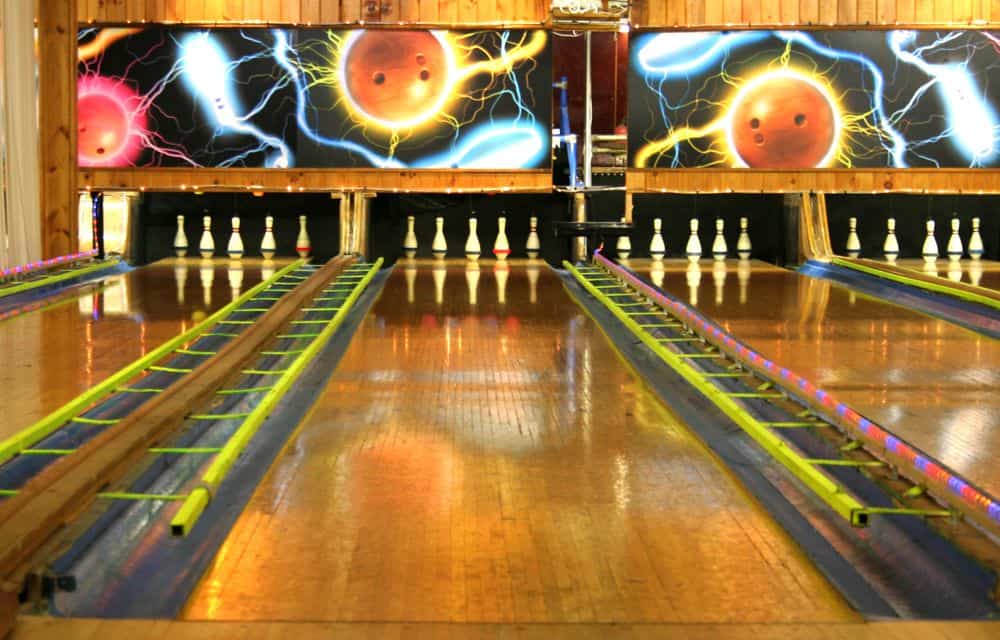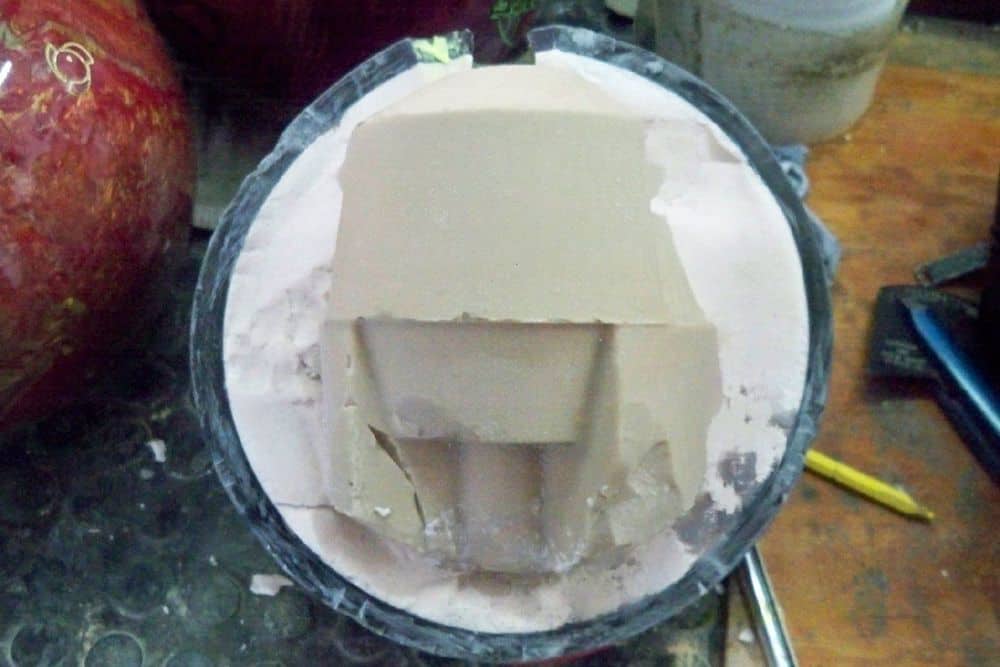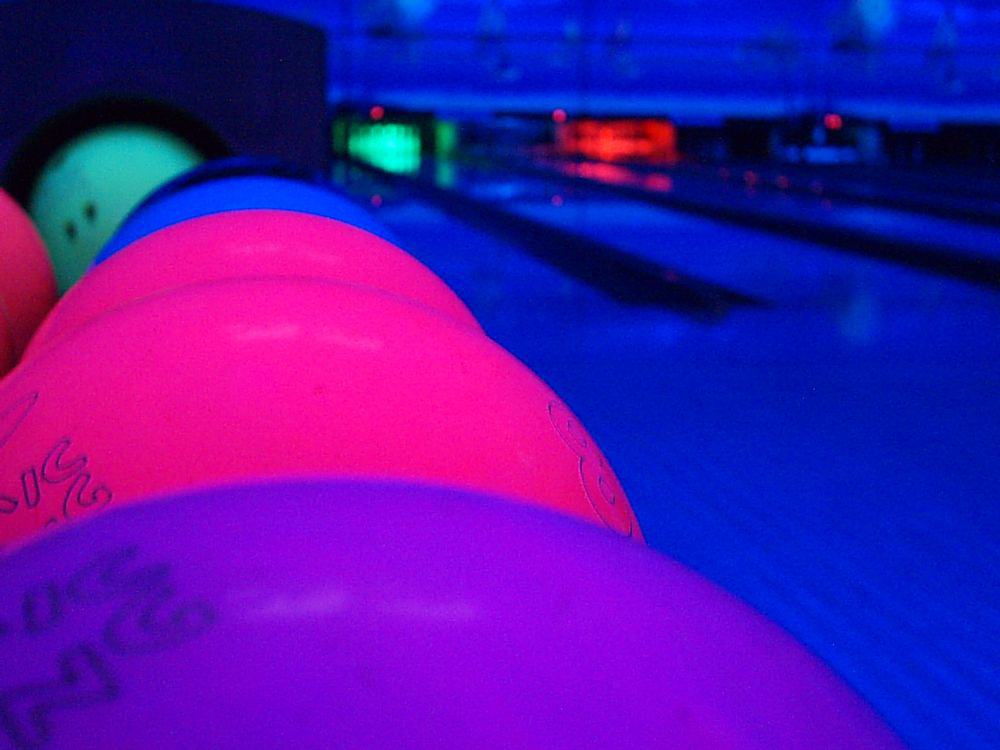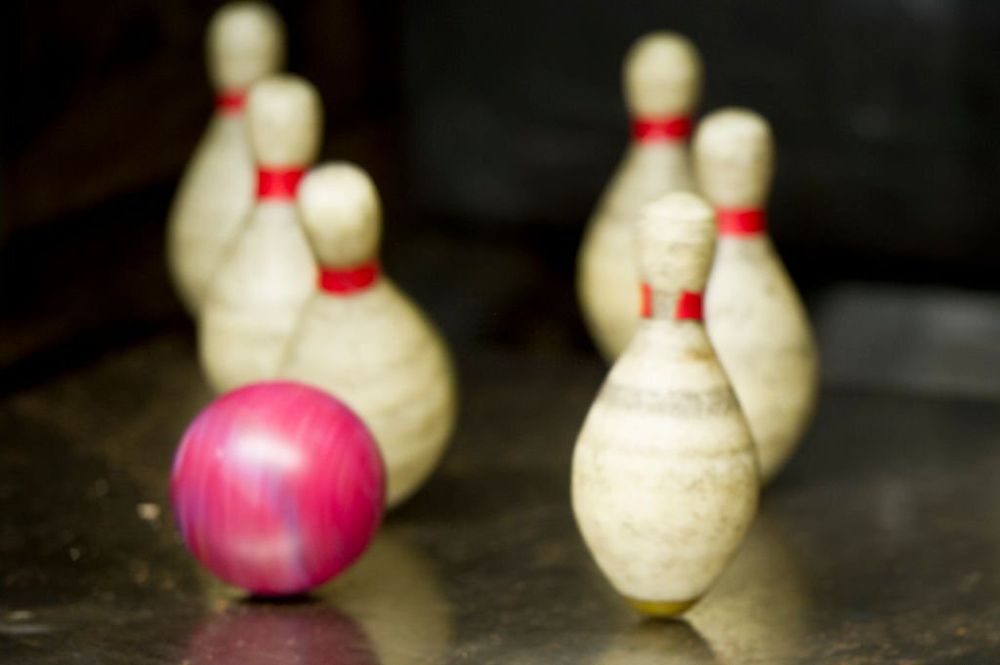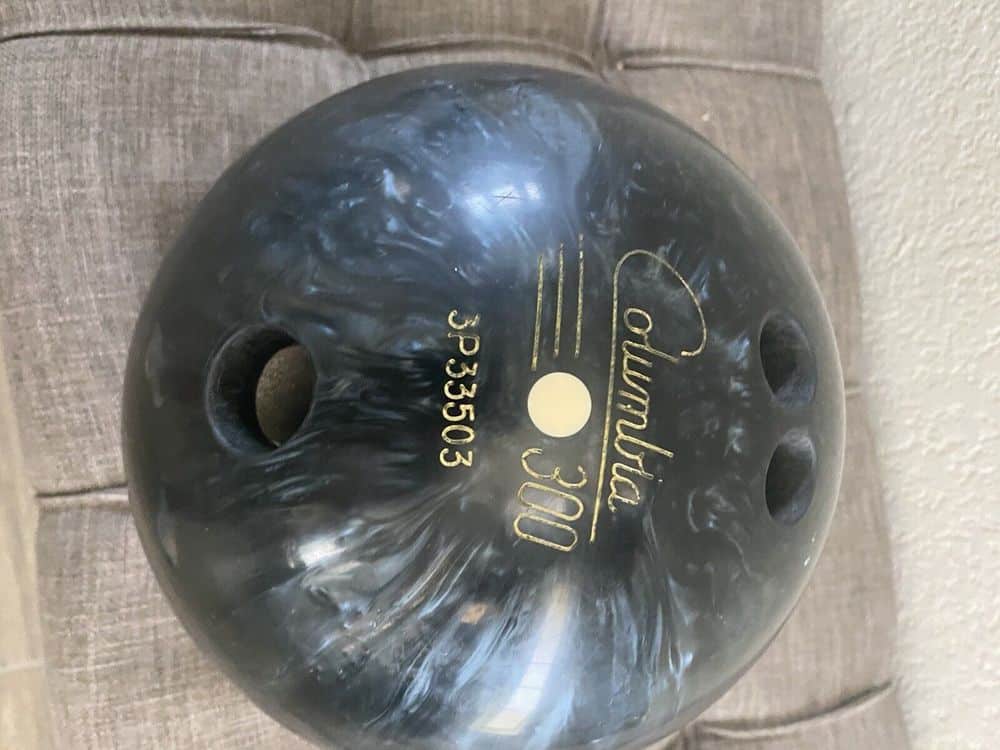Going bowling is a fun way to spend a day off, but if you’re going with your family, you might get annoyed at how often you have to retrieve the ball from the gutters.
Because of this, bumper bowling has proven to be a game-changing innovation for bowlers of younger ages.
Whether you’re new to the sport or just want to brush up on your knowledge, this article will cover everything you need to know about bowling bumpers, their history, purpose, application, and optimal use.
What is a bowling bumper?
Bowling bumpers are grills or covers placed across the gutters on either side of the lane to redirect stray bowling balls back onto the center of the lane. B
umper bowling is the term for ten-pin bowling played with bumpers.
You won’t find bumpers in a real bowling alley because they’re only good for practicing.
Due to an increase in the number of children taking up the sport of bowling, bumper lanes are becoming increasingly standard in bowling entertainment centers.
Most children or beginner bowlers struggle to keep the ball in the center of the lane due to poor throwing skill capacity.
If your child is interested in bowling but cannot yet participate in the game, you should take them to a bowling alley that provides bumpers.
These bumpers can help keep the ball within the boundaries of the lane and out of the gutters.
After installation, the bowling bumpers do not unduly restrict the playing surface of the lane because they are placed directly in front of the gutters on either side.
People who might not have tried it can get pumped up for it, thanks to bumper bowling.
Bowling with bumpers is a great way for kids to start, but many eventually want to try it without them.
History of bumper bowling
Philip Kinzer, the owner of the Jupiter Lanes Bowling Center in Dallas and a concerned father, came up with the idea for bumper bowling in 1982.
His wife claims that Philip was inspired to build this equipment so that his three-year-old son could play with his dad without getting frustrated that his balls kept falling into the gutters.
More than 2,500 kids came through Jupiter Lanes in Dallas, Texas, every week for field trips, birthday parties, and other events.
Therefore, one of his greatest accomplishments was turning their tears and sorrow into joy.
Philip said that while it’s true that using bowling bumpers will give your kids a significant advantage over you, the real benefit will be that they have a good time at the alley.
Kinzer persisted in finding ways to improve the bumpers’ usability.
In the beginning, he used cardboard tubes bought and placed them on both sides of the lanes, but when he realized this might not work, he switched to inflatable plastic cushions.
To conclude, modern bowling alleys use automated bowling bumpers, which are simple to install and allow kids to join in on the action alongside their adult counterparts.
Why is a bowling bumper used?
Everyone, from young kids to retirees, can enjoy a game of bowling.
For children younger than five, however, even holding a bowling ball, let alone launching it toward the pins at the end of the lane, can be a challenge.
Most kids can’t control the trajectory of a heavy bowling ball, so it usually ends up in the gutters instead of the lanes, which can be discouraging and cause them to give up.
Using bowling bumpers, in Philip Kinzer’s view, is akin to playing baseball without the repercussions of striking out.
And that’s what bumpers designed for bowling do.
Bowling bumpers can make family bowling nights a lot more fun and a lot less tragic.
Like bicycle pedals, bowling bumpers can help novices get the hang of the sport before they reach the point where they no longer need them.
While adults should not use bowling bumpers, there are no rules against doing so if you are a beginner looking to learn the sport.
When to use bumpers in bowling?
Many bowlers are unaware of when it is appropriate to use the bumpers. Some people feel inferior if they need to use bumpers while bowling.
The reality, however, is quite different.
Bumpers make bowling safer for children, novices, and people with disabilities.
People who use bumpers have poor technique, so the bumpers allow them to bowl without sending the ball into the gutter, leveling the playing field.
Some players may want to switch to bumpers in the middle of the game, particularly if they’re having a rough time and could use a pick-me-up to get back in the game.
That’s why they may use gutters to increase their chances of striking out and achieving some success.
They could be winning and decide to switch things up.
If they are not proficient with the new method, they may resort to using the bumpers.
If this happens, they’ll be able to keep competing with others and scoring points at the bowling alley.
There are several potential motivations for taking this action.
Experiment with a new technique if you’re not confident in your playing.
Turning on the bumpers in the middle of a game might be a good idea if you’re just starting.
To gauge your skill, you could try bowling without bumpers at first.
Try using the bumpers to knock down some pins if you are having trouble with your game.
Different types of Bowling Bumpers
It’s important to remember that bowling centers in different parts of the world use different types of bumpers, which can drastically alter your experience.
A bowling bumper is very easy to use.
However, the bumpers used in a bowling alley are a bit different.
Here’s how various bowling bumpers function and some tips for supervising your kids as they use them, so you can be sure you’re not getting into any kind of jam.
Inflatable plastic bumpers
When bumper bowling first became popular, the only bumpers available were plastic inflatables that had to be inflated whenever someone needed them.
Mechanics at Jupiter Lanes Bowling Center still pumped gasoline to raise the bumpers the old-fashioned way.
The mechanics discarded the plastic inflatable bumpers because they took too long to inflate.
But there are still bowling alleys that use inflatable bumpers for the kids’ games, and those alleys use automatic pumps to keep the bumpers inflated until the next game.
Steel bumpers
Steel bumpers replaced the earlier inflatable plastic ones and could be set up on the side of the lanes whenever someone needed them.
These bumpers served as railings on the sides of the bowling lane whenever there was a game on the bowling alley involving children under the age of ten.
The process of installing, relocating, and storing these bumpers was so labor-intensive that they eventually became phased out of use.
Automatic retracting bumpers
Most modern bowling centers and alleys use automatic retractable bumpers, the latest and greatest improvement to the bowling bumper system.
The bowling alley should have these bumpers permanently installed.
The bowling lane bumpers have self-erecting mechanisms for quick deployment whenever needed.
That’s because they’re wired beneath the bowling alley and planted there specifically to act that way.
These portable bumpers are the most effective but come at a hefty price.
What age is appropriate for bumper bowling?
The purpose of bowling bumpers is to make the bowling experience more accessible for younger bowlers who would otherwise be unable to participate due to their smaller stature.
Because of this, most lanes have rules prohibiting bowling bumpers.
Additionally, these bumpers get installed if the children playing there are younger than ten.
Bowling bumpers are not permitted for use by anyone older than ten or an adult.
Some bowling alleys indeed have looser rules than others, though.
In addition, some lanes do not allow bowlers to use bumpers because they feel they give an unfair advantage.
They feel that the bumpers lower the standard of bowling entertainment for spectators.
To clarify, if you want to take children younger than ten years old bowling, you should use a bowling bumper to ensure that everyone has a good time.
What is the minimum age for bumper bowling?
Even though the guidelines will shift depending on the circumstances, bumper bowling for kids typically begins around five years, and the upper age limit ranges from 12 to 16.
How has bumper bowling changed bowling?
Revenue in the bowling industry has risen thanks to the popularity of bumper bowling.
Families can relax and spend time with each other without worrying.
When there’s some healthy competition, the fun begins.
Because of the bumpers, people of all ages can enjoy bowling, which is great news for people with young kids.
The sport of bowling should benefit from this because it will gain more attention and new fans, which could lead to global expansion.
What is the difference between bumper bowling and regular bowling?
Bumper bowling is played on a regular lane with rails covering or protecting the gutters.
That way, the ball can’t ever get out of bounds and cause foul play.
On the other hand, the bowling lanes used for regular bowling do not have any bumpers attached to the lanes.
Can adults use bumpers in bowling?
It is against the rules for anyone ten years old or older, as well as adults, to use bowling bumpers.
Even though some bowling alleys have more lax policies, the sport is still played in a competitive manner everywhere.
Conclusion
Bowling bumpers have been around for a while, and they are an excellent innovation that has made the sport significantly more enjoyable overall.
Bowling is the most popular leisure activity in the United States due largely to the invention of bumper bowling.
It’s safe to assume that the number of successful bowling alleys would be significantly lower without bumper bowling.
It doesn’t matter how often or how infrequently you use bumpers; you’ll still reap the benefits of having them.
Even if they are not a long-term solution to the problem of your poor throwing, they will teach you how to improve your throw and ensure that your children have a good time at the bowling alley.

